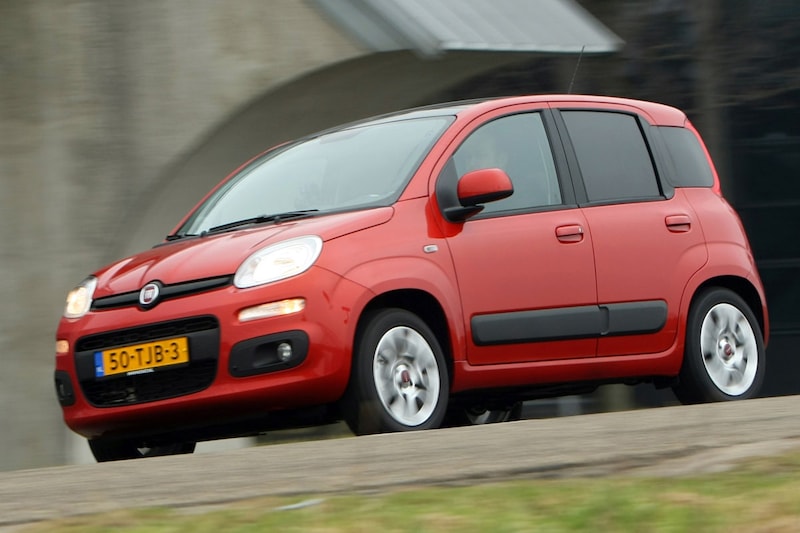Viewed TwinAir, TwinAir Turbo and 1.2 Fire

The current Fiat Panda has been around since 2011 and to be honest, you can’t tell from it. It is no wonder that the technology has been regularly revised in these twelve years and it now goes through life with a mild-hybrid drivetrain. In this article we look at a few previously delivered engines and their consumption.
The introduction year was immediately a top year for this Panda, in which the Dutch Fiat importer was able to sell just over 10,000 copies. The Panda now only plays a small role, with around 400 units sold this year. It is no longer the price packer of the past, although it is commendable that Fiat still offers a car in the compact A segment.
Fiat Panda TwinAir Turbo
The Fiat Panda TwinAir is perhaps the best-known variant. We have seen this compact two-cylinder engine before in this section, with varying results. What about the Panda? Drivers with an 85 hp TwinAir Turbo score an average of exactly 1 in 16.5 (6.1 l/100 km). The most economical driver really stands out. Not only with a consumption of 1 in 19.8 (5.05 l/100 km), but by achieving this with a Panda 4×4 Climbing. Dangling at the bottom, with a big difference, is a driver who records 1 in 12.9 (7.8 l/100 km).
And the TwinAir without turbo?
If we adjust the selection to the TwinAir 60 and 65, the versions without turbo, consumption immediately becomes more favorable. On average, drivers with this engine variant achieve 1 in 17.1 (5.9 l/100 km). It will not be as economical as the most economical Turbo driver, but with an average of 1 in 19.5 (5.12 l/100 km), even the most economical driver without a turbo does not have to be ashamed. The most uneconomical TwinAir 60 driver records an average of 1 in 13.5 (7.4 l/100 km).
The ‘old’ 1.2
In addition to the modern TwinAir, Fiat also supplied the ‘old’ 1.2 FIRE engine with 69 hp. The average consumption with this power source is slightly cheaper than that of the new TwinAir 60 and 65, despite the double number of cylinders. FIRE drivers score an average of 1 in 17.2 (5.8 l/100 km). The best value is exactly 1 in 19 (5.3 l/100 km), the worst score of 1 in 14.2 (7.1 l/100 km) is still better than the lowest values of both TwinAir models.
Does this make the Fiat Panda an economical choice in its segment? Well, not really. After all, with a Citroën C1, drivers achieve an average of 1 in 18.4 (5.4 l/100 km) and drivers of a Toyota Aygo score even better. However, in practice the Fiat Panda appears to be slightly more economical than the Opel Karl.
– Thanks for information from Autoweek.nl
